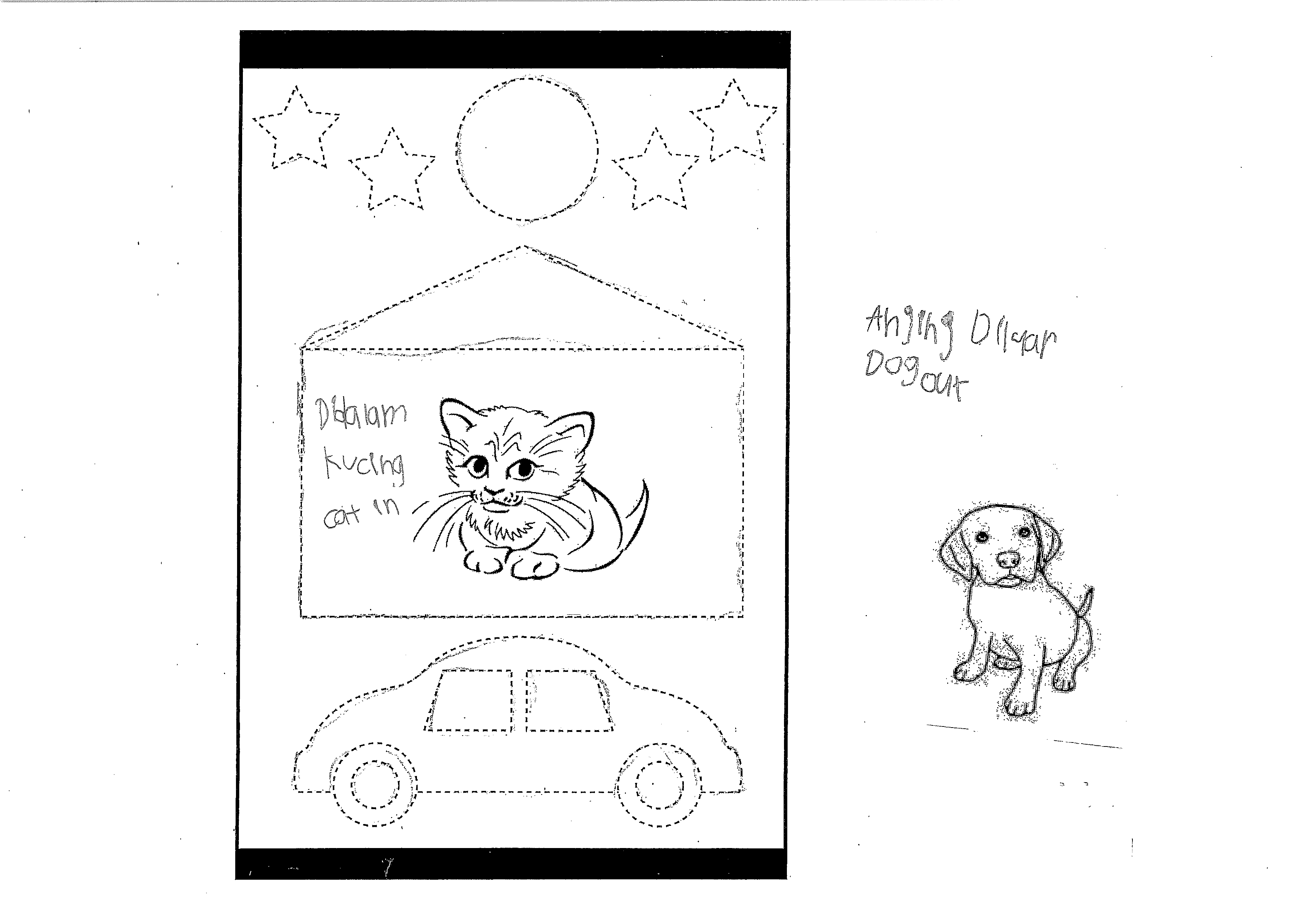By the end of Year 2, students interact with teachers and peers through play- and action-related language. They use greetings such as Selamat pagi/siang and respond to instructions such as Berdirilah, Masuklah through actions. Students pronounce the vowel sounds, and c (ch). They respond to questions (for example Apa? Siapa? Berapa?) with responses that include ya/tidak, verbs such as ada/mau/suka/bisa/boleh, and/or names and numbers (up to ten). They identify specific words or items in oral and written texts such as names of objects and people, and respond by using actions or drawing or labelling a picture. They present factual information at word and simple sentence level, such as lists, labels, descriptions and sharing/news reports, relying on formulaic language and modelled examples. They show comprehension and create simple texts such as a description, story or comic by matching pictures and captions. They use vocabulary related to their class and home environments. Students use simple verbs such as lari, main, makan and use the pronouns saya, kamu and Pak/Bu to address others. Students comment on similarities and differences in meanings of words, noticing that some cannot be readily translated, for example, takraw. They comment on aspects of using Indonesian and express feelings about learning Indonesian.
Students know that Indonesian is written using the same alphabet as English but that some sounds are different. They know that they communicate in English (and possibly other languages) and that Indonesian is spoken in a country called Indonesia. They identify Indonesian words that are similar to English, for example, buku, komputer and es krim. Students identify some distinctive Indonesian words such as komodo, durian and kancil. They know that language and culture are related.


